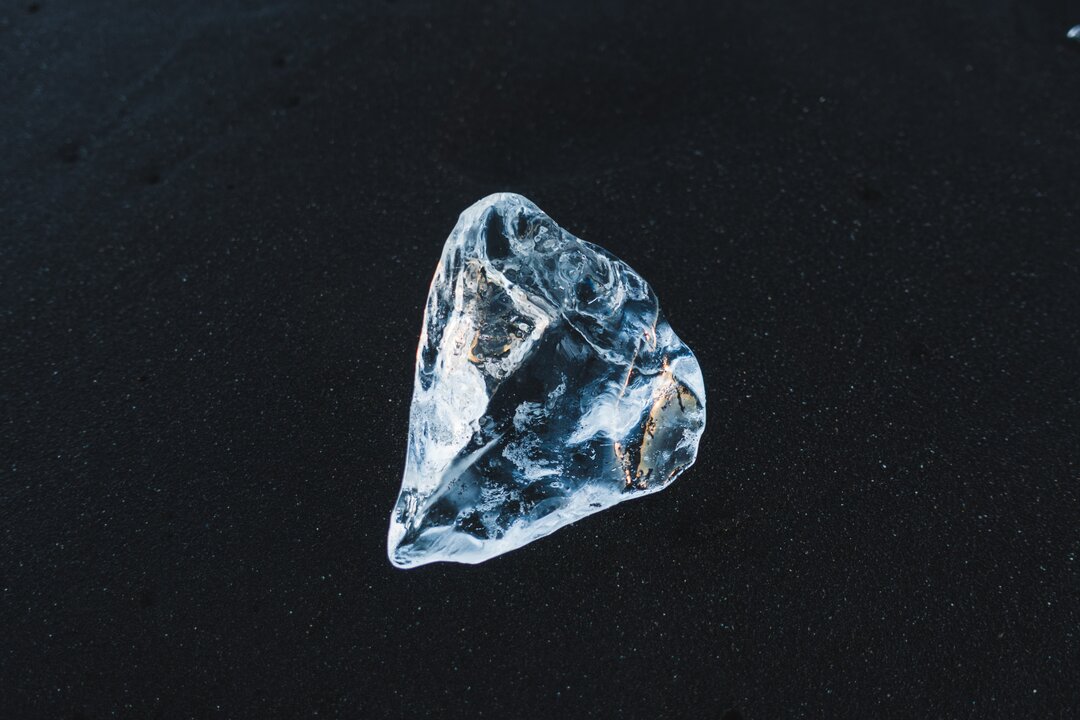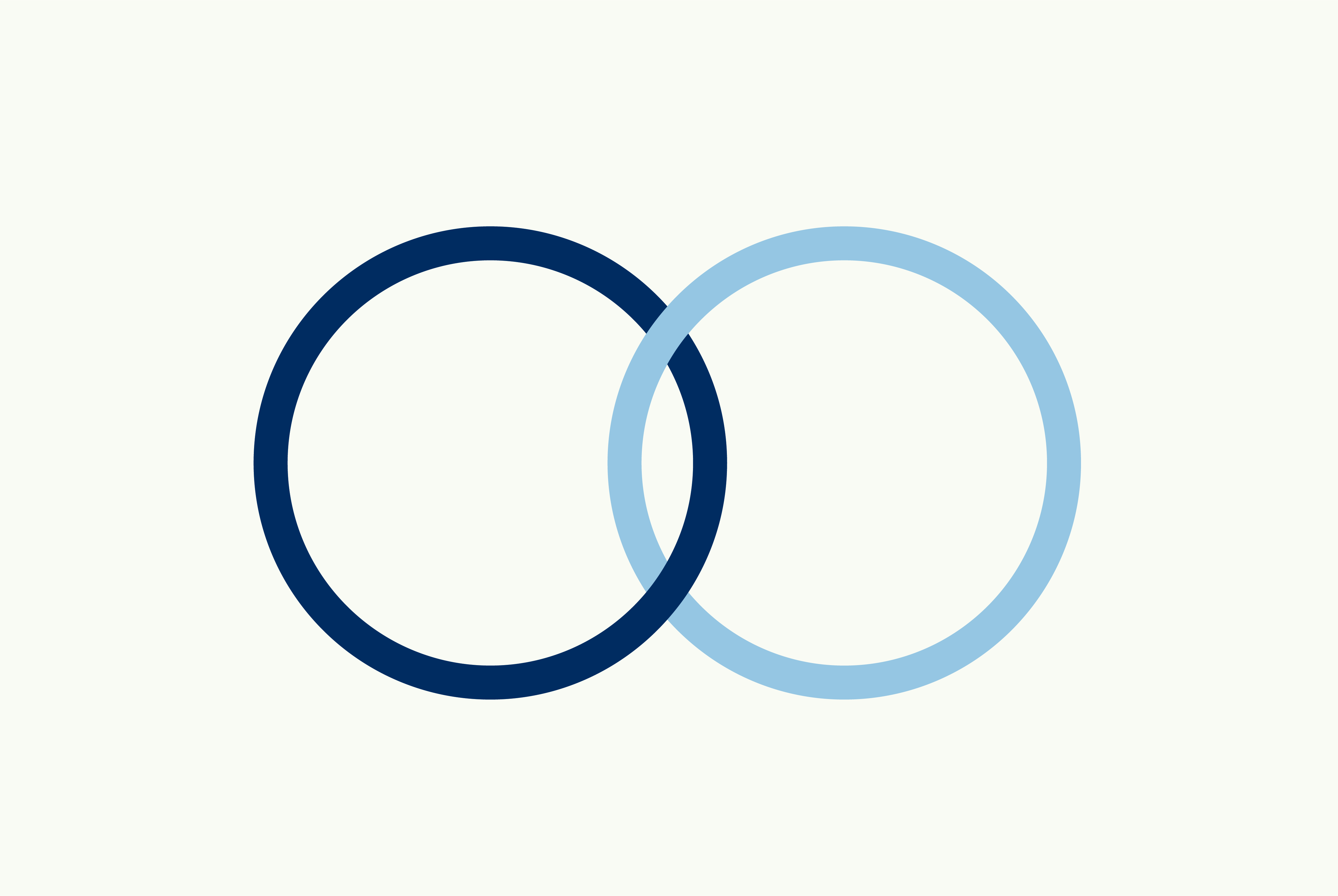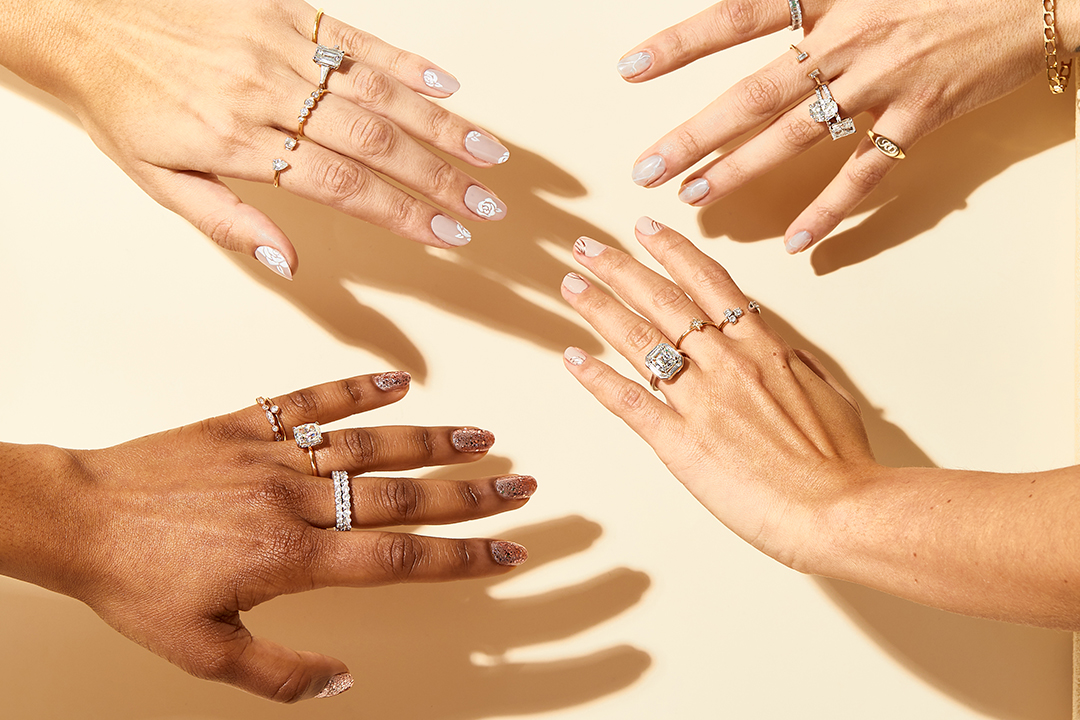- Expert advice/
- Getting engaged/
- Rings/
- Understanding Internally Flawless Diamonds: The Guide
- Rings
Understanding Internally Flawless Diamonds: The Guide
When grading diamonds, internally flawless diamonds are the creme de la creme. Read on to learn more about an internally flawless diamond’s characteristics.
Last updated February 5, 2024

Let’s face it: There’s nothing better than perfection. The reassurance and comfort we gain from knowing that something we did, or have, is the absolute best is an unparalleled feeling. Unfortunately, though, perfection is very rare—even in something as brilliant as a diamond gemstone set in a beautiful engagement ring or in a set of wedding bands.
The process by which diamonds are created is chaotic. The earth spends hundreds, if not thousands of years, refining coal until it’s made perfect. Through immense pressure and over an extended period, the carbon within the earth is transformed into a glittering gem.
Even though every diamond is created in the same fashion, the finished product is wildly unpredictable. As such, humans have created a scientific system for judging diamonds. Almost every commercial diamond in circulation is examined, judged, critiqued, and graded using a very specific scale and set of criteria by diamond experts. This set of criteria is important not just to the consumers purchasing the gems, but to the people selling them as well.
A standardized diamond clarity scale gives us the ability to distinguish and separate, label, and prioritize. Within the grading scale that’s used to make such distinctions, there is a grade of diamond that is as rare as it is attainable: the internally flawless (IF) diamond.

Grading a Diamond
To understand the rarity of internally flawless diamonds, it’s important to understand what the word “flawless” really means. All diamonds are graded according to their characteristics, with diamond prices based entirely on the diamond’s clarity grade.
In the United States, two foremost clarity grading authorities are trusted with the task of grading diamonds. These special entities are the Gemologists Institute of America (GIA) and the American Gemologist Society (AGS). Both are lauded institutions, but the GIA is the foremost authority on grading diamonds. Every diamond that’s sold by a jeweler in the United States receives a GIA or AGS grade. Most jewelers prefer GIA, but AGS is also a perfectly acceptable source for receiving diamond grades.
4 C's of Diamonds
When a jeweler receives a shipment of diamonds, they send those diamonds into either AGS or GIA for evaluation. These institutes then send the diamonds back with certificates explaining the grade and the criteria used to establish the grade. When grading diamonds, trained gemologists look at four distinctive attributes: cut, color, clarity, and carat weight.
Each attribute offers distinctive insight into the overall value of the stone, and when collectively assessed, help determine an overall grade. Each of these four attributes has its own grading system, and as a result, the final grade of the diamond is simply a collection of all four grades.
For example, a diamond that is colorless, ideal cut, internally flawless, and one carat would have a grade of D, Excellent, IF, 1C. We will get to more of the specifics about the lingo a little later in the article, but for now, it’s important to note how the grading and the description have minor differences.
For example, you may notice that, while the description refers to the diamond color as “colorless,” the grade given is “D.” Each category has its lingo and abbreviation set, and the more familiar you are with these descriptors, the easier it becomes to understand the difference between individual diamonds and, ultimately, the rarity of Internally Flawless stones.
Cut and Clarity Come First
When it comes to grading internally flawless diamonds, cut and clarity are the most important distinguishing characteristics. Cut and clarity are the two factors that play the biggest role in how much sparkle a diamond has. Cut quality especially plays a large role in how shiny the diamond is. If a diamond is cut too shallow, then the light simply reflects off the surface of the diamond, like it would a mirror.

Cut
If a diamond is cut too deep, then the light has a hard time escaping the gem, which muffles the overall sparkle of the stone. A cut diamond needs just the right proportions to maximize brilliance, which is why cut is so important. If your internally flawless diamond is not cut to the right proportions, then the lack of inclusions within the stone will not matter—the light will not be able to properly refract within the stone.
There are four grades of cut for diamonds, and they are as follows:
- Ideal (also called Excellent by GIA)
- Very good
- Good
- Poor/Fair.
Some bigger name jewelers and engagement ring specialists claim to have diamonds that are “super ideal” or “brilliant cut,” but these are not recognized by the GIA. When dealing with brand name retailers, it’s crucial to avoid these sales ploys.
Claims are made that these elite diamonds are cut to a new standard that makes the stone sparkle more and shine brighter. While this cut of diamond may sound enticing, it’s simply not true. No one aspect of the diamond can make it shine or sparkle more or less; all four attributes contribute to the overall character of the stone.
Additionally, these super-ideal cuts are not recognized by the GIA or AGS, which means you are paying more for a “super-ideal” stone that will simply say excellent or ideal on the official report. If you have an option between ideal and super ideal, just stick with an ideal.
Clarity
Similarly, clarity plays a crucial role in the brilliance of an internally flawless diamond. The term internally flawless is itself a grade of clarity and speaks to a complete lack of inclusions within the diamond.
Unlike the other characteristics of a diamond, clarity is the most subjective. There is no hard and fast rule for how big an inclusion needs to be or how many inclusions can exist within a certain range of clarity. Clarity is determined based on “inclusions,” which are the internal characteristics, or flaws, within the stone itself. Where diamond inclusions stop being subjective is with the internally flawless class.
While there may be differentiating opinions between gemologist diamond experts about whether a diamond is very slightly included (VSI) or very, very slightly included (VVSI), a lack of inclusions within the stone is very cut and dry. There is no questioning an internally flawless diamond as the complete lack of internal blemishes dictates that the diamond is, without question, internally flawless.
Diamond Clarity Grades
The GIA Clarity Scale contains 11 grades, with each diamond assigned a grade based on its size, nature, position, color or relief, and quantity of clarity characteristics visible under 10x magnification. Most diamonds graded by the GIA receive a grading of VS or SI; diamonds that receive an FL grading are incredibly rare, with few jewelers having ever seen one.
GIA clarity grades from highest to lowest are:
1. Flawless (FL)
No inclusions or blemishes are visible to a skilled grader using 10x magnification.
2. Internally Flawless (IF)
No inclusions and only blemishes are visible to a skilled grader using 10x magnification.
3 and 4. Very, Very Slightly Included (VVS1 and VVS2)
Inclusions are difficult for a skilled grader to see under 10x magnification.
5 and 6. Very Slightly Included (VS1 and VS2)
Inclusions are minor and range from difficult to somewhat easy for a skilled to see under 10x magnification.
7 and 8. Slightly Included (SI1 and SI2)
Inclusions are noticeable to a skilled grader under 10x magnification.
9, 10, and 11. Included (I1, I2, and I3)
Inclusions are obvious under 10x magnification and may affect transparency and brilliance.
Flawless vs. Internally Flawless
It may strike you as strange that the word “internally” prefaces the clarity grade of flawless. After all, if a diamond doesn’t have any internal flaws, why not just call it flawless? Flawless diamonds are in a stratosphere all their own, and they are exceptionally rare. Outside of man-made diamonds, which can be carefully produced to perfection in a laboratory setting, nearly every diamond in existence has some kind of flaw or defect.
Internally flawless diamonds are about as perfect as you would ever need a diamond to be. Internally flawless diamonds have no noticeable inclusions, but they do have some surface blemishes. That said, even to someone who specializes in precious stones, the actual flaws that create the difference between an internally flawless diamond and a flawless diamond are microscopic, minuscule, and minute. However, the divide between an internally flawless diamond and a flawless diamond is a staggering contrast that’s reflected not just in scarcity, but in the diamond’s worth and corresponding price difference.
Are Internally Flawless Diamonds Worth It?
Choosing a beautiful diamond for an engagement ring can be challenging—and expensive. Internally flawless diamonds are stones with one of the highest grades (second only to FL diamonds)—which means, if you go for an IF diamond, your diamond engagement ring will be something to marvel at.
That said, you don’t always need to choose the best diamond available—especially if it’s outside of your budget. Because diamond clarity grading is based on what’s visible under magnification, it’s possible to buy a stone that appears flawless to the naked eye. This means you can buy a VVS, VS, or SI diamond (none of which have visible inclusions) for a significant price difference compared to the cost of an IF diamond—and the vast majority of people won’t be able to tell the difference.
So, the answer to the question “is an internally flawless diamond worth it?” It all depends. While there’s no denying an IF diamond is one of the best money can buy, depending on how much money you want to spend, you may be better off going with a diamond that, while not technically internally flawless, looks that way to the naked eye.
How to Pick Your Diamond
Choosing the best diamond for your diamond engagement ring or wedding ring depends entirely on your budget and preferences. In other words, a flawless 1 carat diamond isn’t necessarily the gemstone you need to settle on to woo your partner (bigger isn’t always better!); sometimes, it’s the minor details that will help you find the perfect stone for you.
If you’re on the market for a new ring, visit different jewelers and retailers to inspect and compare diamonds with different attributes, including:
-
Carat size
-
Diamond color (like D color, E color, or F color for colorless diamonds)
-
Diamond shape (like round diamonds)
-
Diamond cut (like step cuts, including asscher, marquise, and emerald cut diamonds)
-
Grading (like IF and VVS diamonds)
Depending on the diamond you want and the attributes that matter to you, you may have to strike a balance between the 4 C’s to stay within budget. For example, if you’re set on purchasing a 1 carat diamond, you may have to lower the clarity or color to find a price tag that works for you.
Don’t Judge a Diamond By It’s Grade
When it comes to judging a diamond, be careful not to judge too sternly. While we all strive for perfection, sometimes a flaw or two is what keeps us grounded. In the case of the internally flawless diamond, it’s a lack of perfection that makes it special. For something that is such a visibly outward sign of beauty, the IF diamond reminds us, in a rich dose of cosmic irony, that it’s what’s inside that matters.
Up next for you

The Ultimate Diamond Carat Size Guide
How-To
New to the world of wedding ring shopping? Find out everything you need to know with our diamond carat size guide from Zola.

A Guide to Wedding Rings
Inspiration
From how much you should expect to spend on a wedding ring to tips for how to choose the right one for you, check out this guide on wedding ring styles, types, and materials.

How to Finance an Engagement Ring
How-To
Got questions on how to finance an engagement ring? Our experts can help. Read on to find out now.

The Best Diamond Shape & Size For Your Finger
Inspiration
Different diamonds look different on different fingers. The diamond experts at The Clear Cut share which diamond shapes look best on which finger sizes.
- Expert advice/
- Getting engaged/
- Rings/
- Understanding Internally Flawless Diamonds: The Guide
Find even more wedding ideas, inspo, tips, and tricks
We’ve got wedding planning advice on everything from save the dates to wedding cakes.
